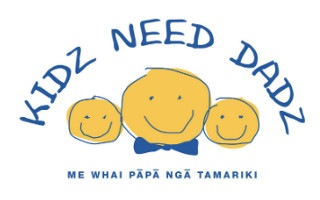I’ve Got You Under My Skin
By Kit Stevens
Love them or hate them, tattoos are back in vogue and it’s impossible to walk through a mall for a couple of minutes without spotting people of all ages with tattoos. American figures suggest one in six people have some form of tattoo.
Prior to the chic young crowds of the 90s and a resurgence in popularity, tattoos had something of a negative image with body artistry more or less confined to members of the Armed Forces, social reprobates and merchant seamen. Body decoration was in many instances crude, much of it self-inflicted.
Tattooing has gone through such phases throughout its history. It is an art form that can trace its history as far back as 2000BC, with examples surviving on Egyptian and Nubian mummies.
European interest in tattooing began when sailors of the exploration and whaling fleets met up with Polynesian islanders. Captain James Cook records the fashion of tattooing in the logs of his 1769 expedition to the South Pacific.
Indeed, ‘tattoo’ is the European corruption of the Tahitian word ‘tattau’, meaning ‘to mark’, and sailors in particular adopted the custom with enthusiasm.
When the merchant mariners returned to London, their newly acquired body decoration caused a sensation -not all of it positive.
One sniffy commentator to the media wrote that tattooing ’…..is certainly the most vulgar and barbarous habit the eccentric mind of fashion ever invented. It may do for an illiterate seaman, but hardly for an aristocrat’.
This voice was swamped by contrary opinion when the then Prince of Wales and other members of royalty had tattoos applied, causing a public rush to join in the Royally-sanctioned fad.
For Maori, tattooing was an essential part of tribal culture and cohesion. A moko (full-facial tattoo) marked the step into manhood for young males and reflected their individuality as well as their tribal belonging. Traditional women’s lip and chin tattoos can still be seen today.
For other Polynesian cultures as well, the art acted to signify tribal or individual identification and social standing and rites of passage. Nowadays tattoos are more likely to be souvenirs, memorials or expressions of love, though traditional native designs are being ‘rediscovered’ and applied.
Tattooing your child’s name on your body may be more than that, though. Dads make a statement about the place their children have found in their heart.
As with any tattoo applied for whatever reason Dads of today opt for a range from the small and simple to the large and ornate with all manner of variations in between.
To some extent the size and complexity of any tattoo depends upon your budget, for even a small, single colour tattoo of simple design could set you back as much as $50.00. The larger and more complex the design, the higher the cost.
Whatever work is done is also somewhat decided by an individual’s pain threshold. Tattooing has always been something of a painful ritual, though for larger examples a number of working sessions can spread the load. For the faint at heart, some salons now offer a henna dye process in place of injected tattoos, though the dyes eventually wash out.
If you don’t feel bold enough to have a tattoo in a public area such as the forearm, you can hide it away in an area normally covered by clothing.
Whatever choice you make, tattoos come in a seemingly infinite variety of designs -which does not stop you designing your own and having it applied by the artist.
If you decide to have your sentiments permanently etched into your skin there are professional tattooists in every major centre. With emphasis on safety and sterility, reputable tattooists follow strict industry standards to all but eliminate any risk of infection. They will also guide you on how to care for your new work of art as the initial wound heals over to leave the permanent pattern.
So what are you waiting for, Dad? Nothing says ‘I love you’ quite like the enduring memento of a souvenir.




